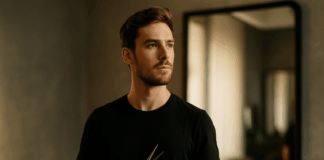I wonder how many people know that 15 February is a day of the utmost importance?
February 14th may have been established as the celebration of love, but today is the “holiday” of the fight against childhood cancer.
These two days have two very basic meanings.
One is celebration and joy and the other is information, early diagnosis and help for the little fighters,
that life from childhood has shown them its cruel face.
Usually people tend to think that something so sad and ugly is light years away from them, even if it is twice as bad as they are!
But cancer does not discriminate, it strikes and ravages even young children
and that’s what this day wants to teach us, that even that can happen,
is something you can fight and eventually win, as a lost battle is one you didn’t fight!
The message of this year’s World Childhood Cancer Day campaign is “Better survival is achievable”,
i.e. “Better survival is possible”.
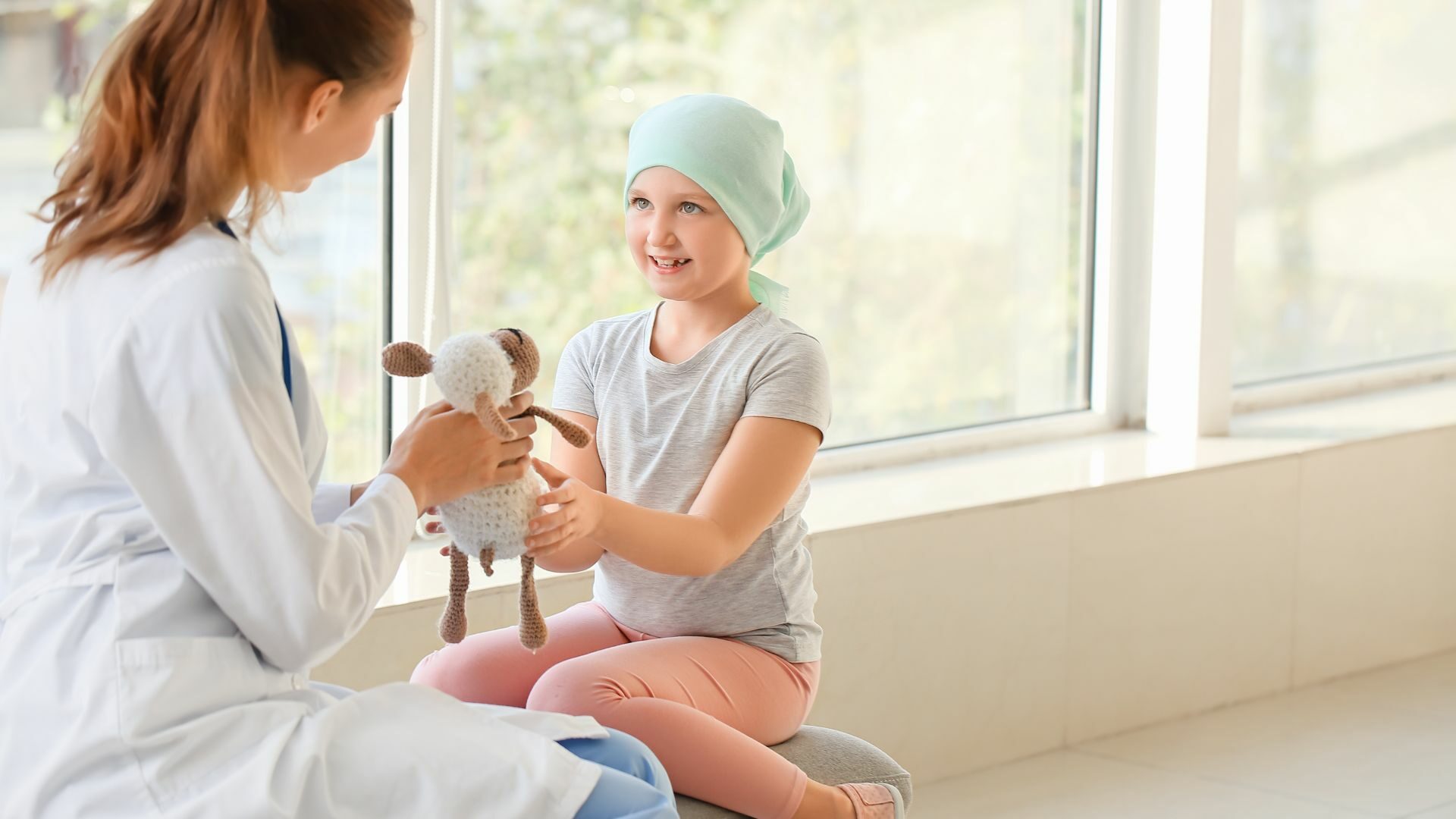
Did you know that…
Every year around 400,000 children around the world are diagnosed with cancer.
So one child is diagnosed with cancer every day in Greece.
Annual new diagnoses are estimated at 300-350, with the most common forms being haematological malignancies
and brain tumours, which are treated in seven paediatric oncology units,
in Athens, Thessaloniki and Heraklion.
As cancer is the leading cause of death in childhood, the World Health Organisation has set a target,
by 2030, the survival rate of children with cancer worldwide to reach at least 60%.
Of course, in order for this to happen there are certain conditions.
The Hellenic Society of Pediatric Hematology and Oncology (EEPAO) emphasizes that every year, new stronger, safer and more effective
and more effective “weapons” are added to the hands of the scientific community in this battle.
Medical research brings tangible results, which strengthen the daily struggle that all of us, doctors and nurses, are engaged in,
psychologists, social workers, teachers, pharmacists, physiotherapists, nutritionists,
so that young patients receive the best treatment in the best conditions of care.
Improving survival rates requires a holistic approach, with health policy design, early and accurate diagnosis,
providing effective treatment, multidisciplinary care, palliative care, staffing of health systems
with appropriately trained health professionals, support of the patient’s family environment,
the availability of affordable medicines, the operation of a Neoplasm Registry and the rehabilitation and reintegration of patients.
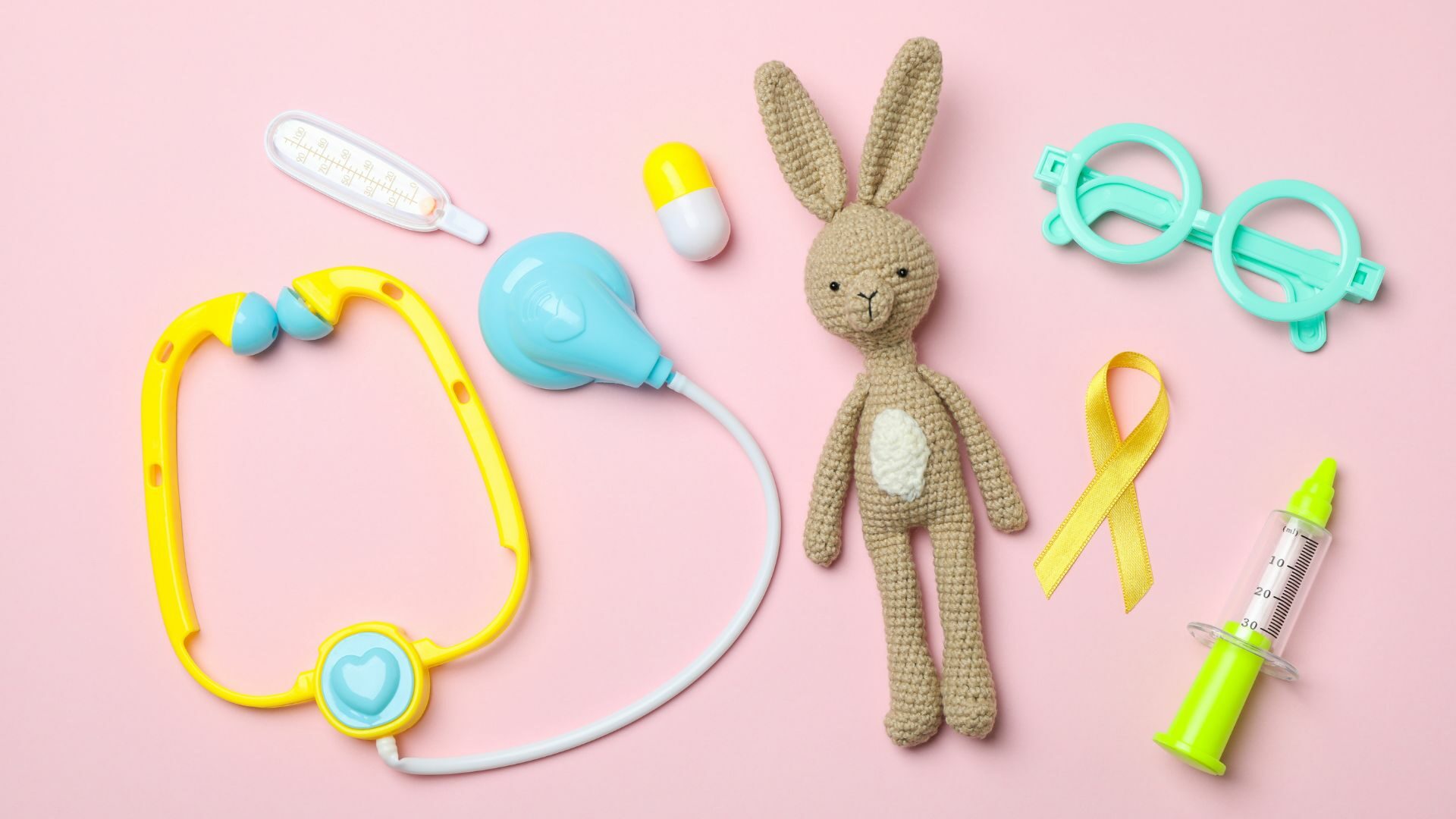
National Childhood Neoplasia Registry
In Greece, the National Childhood Neoplasia Registry has been in operation for the last two years,
with the aim of recording all cases of cancer in juvenile patients, with specific data on the disease,
its treatment and the course of patients.
The Registry enables better epidemiological observation, recording of needs and planning
and organisation of oncology care structures.
It is the obligation of the state to support the operation of the Registry and to institutionalise the use of this data.
Three out of four children treated at the Children’s Oncology Unit are winners
For the first time in Greece, at the “Cellular and Gene Therapy Center for Children and Adolescents”
genetically modified cells were made to treat refractory acute lymphoblastic leukaemia for two patients, giving them hope.
Around 80% of children who get sick, come out winners, and around 70 children a year
undergo Bone Marrow Transplantation with very high success rates.
Over 500,000 people in Europe have survived childhood cancer.
Two-thirds of those who have been treated experience long-term side effects from the heavy treatments that affect their daily lives.
1 child in every 600 births will develop cancer before the age of 20.
80% of children with cancer in developed countries are cured
and just 20% in low and middle income countries.
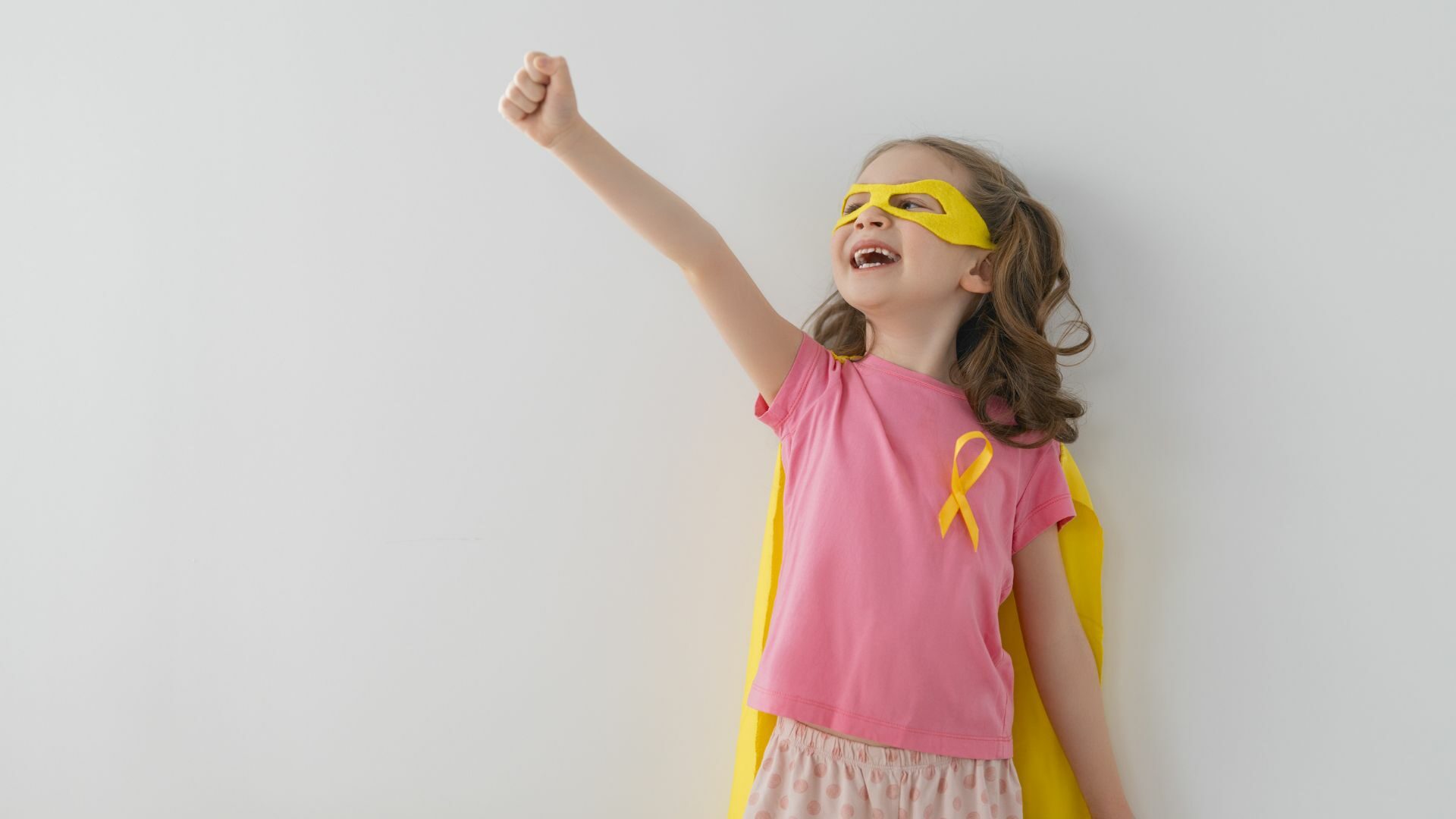
There is no prevention but early diagnosis
Early diagnosis has as its main pillar the parents, who should not ignore some very basic symptoms.
Childhood cancer can occur in infants, children and adolescents.
The cause of most cancers in children is still unknown and therefore there is no prevention.
However, there can be early diagnosis which significantly improves cure rates.
Signs and symptoms of childhood cancer, a mass (tumor) anywhere in the body
(head, neck, chest, legs or arms, increase in the size of the abdomen).
Bleeding on the skin without injury or in areas such as the nose, gums or, less commonly, the bowel or vagina in girls.
Fever without a focus of infection, which may persist or subside without antipyretics and then reappear.
Neurological symptoms, such as headache, vomiting, especially in the morning, change in behaviour, convulsions, slight weakness.
Eyes showing strabismus, bulging or drooping eyelids, forward projection of the eyeball, yellow bright color in the pupil, bruising, sudden change in visual acuity.
Pain in any part of the body, especially in the legs and back.
The pain in the legs may be accompanied by difficulty walking and may subside when the child rests.
Anorexia, malaise, pallor, fatigue and anything else that bothers the child and the parents.
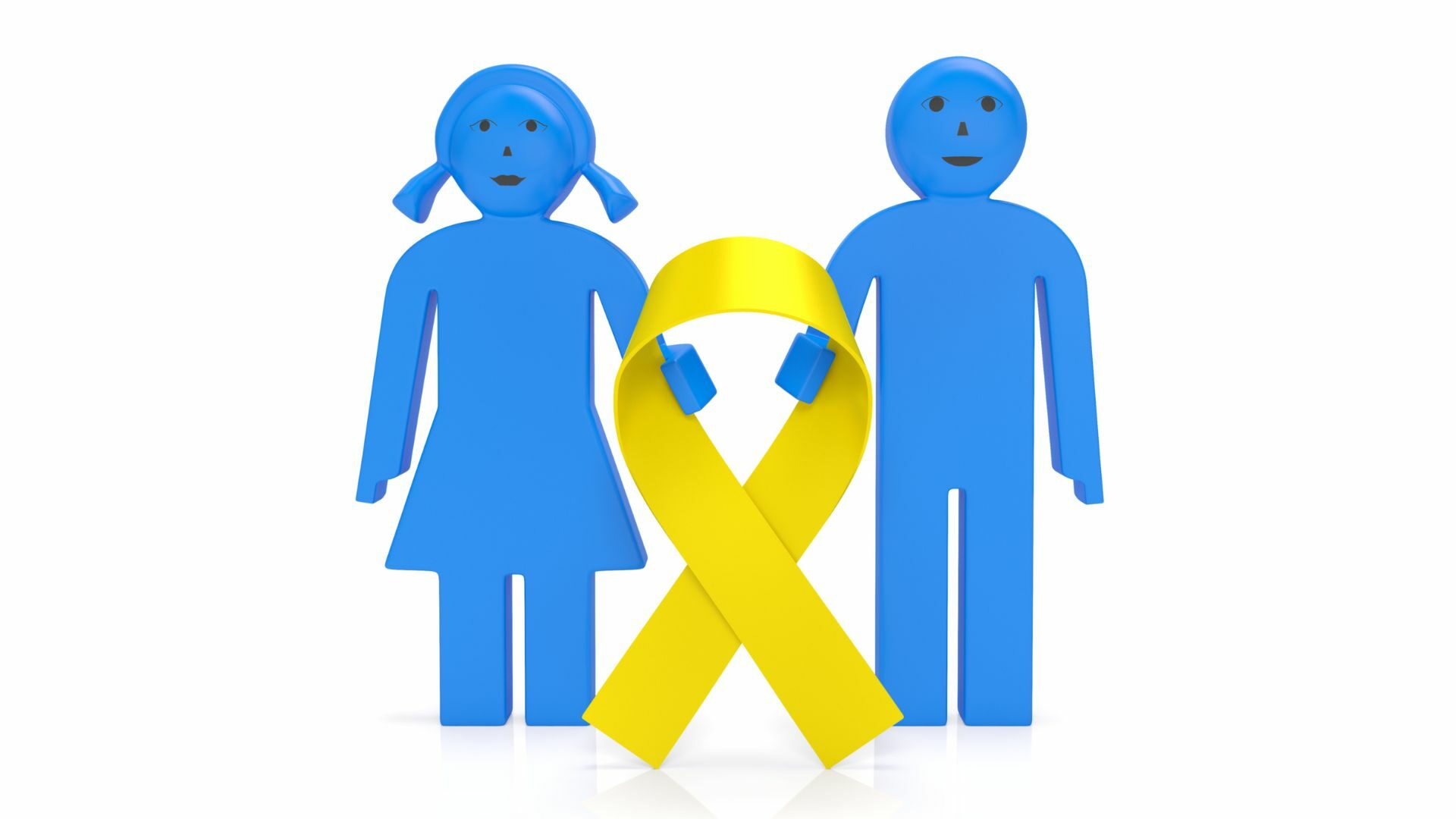
If symptoms persist
Visit the paediatrician and explain what is worrying you.
The paediatrician will assess the symptoms and guide you accordingly.
All of the above are symptoms of various other paediatric diseases and do not necessarily mean cancer.
Just as we said above, early diagnosis saves lives!
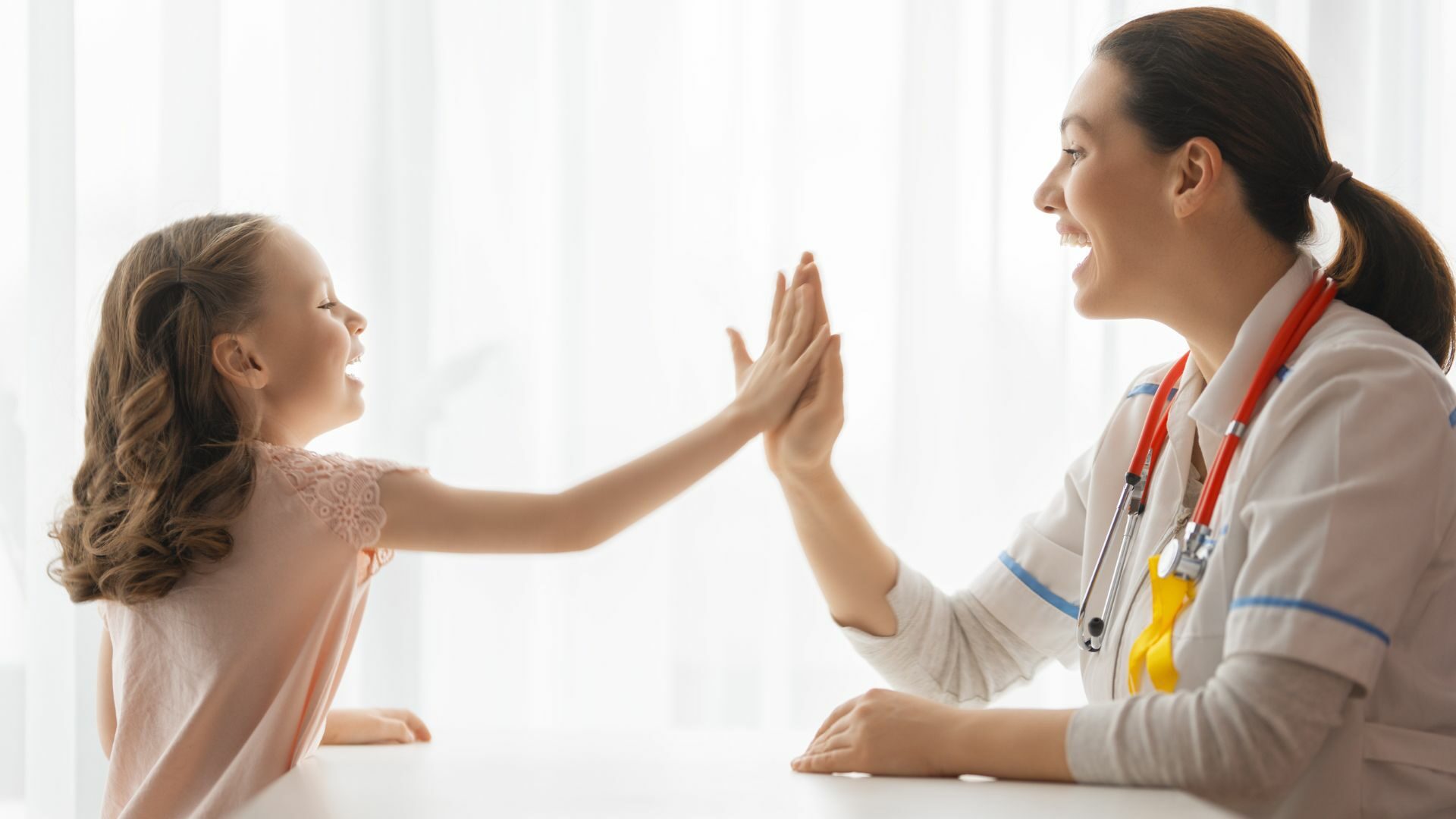
It is very important that this day be a lesson for everyone, initially to understand that this disease is no longer an epidemic,
learn the symptoms and never ignore them.
The aim of the day is not to terrify parents, but to wake them up so that they do not see this disease,
as something foreign and too distant, because unfortunately it is not.
Science is constantly evolving its “weapons” and making the lives of these children, however difficult and unfair they may be,
a journey of hope, whose destination is a return to normality.
So don’t just sit back and do nothing, get informed about the disease and how you can help the children,
who daily fight for their lives and become your favorite superheroes!
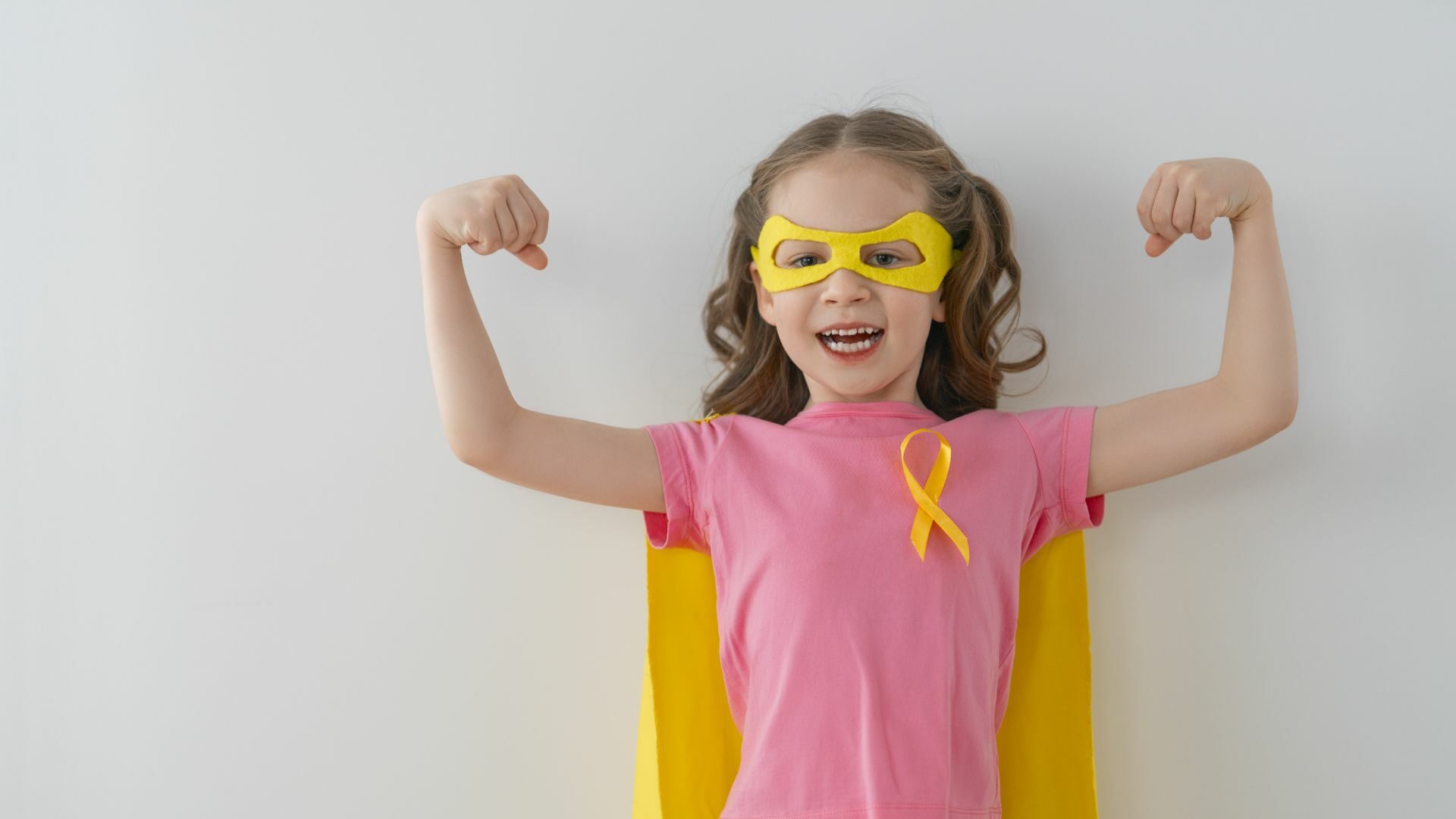
(ONMED.)

